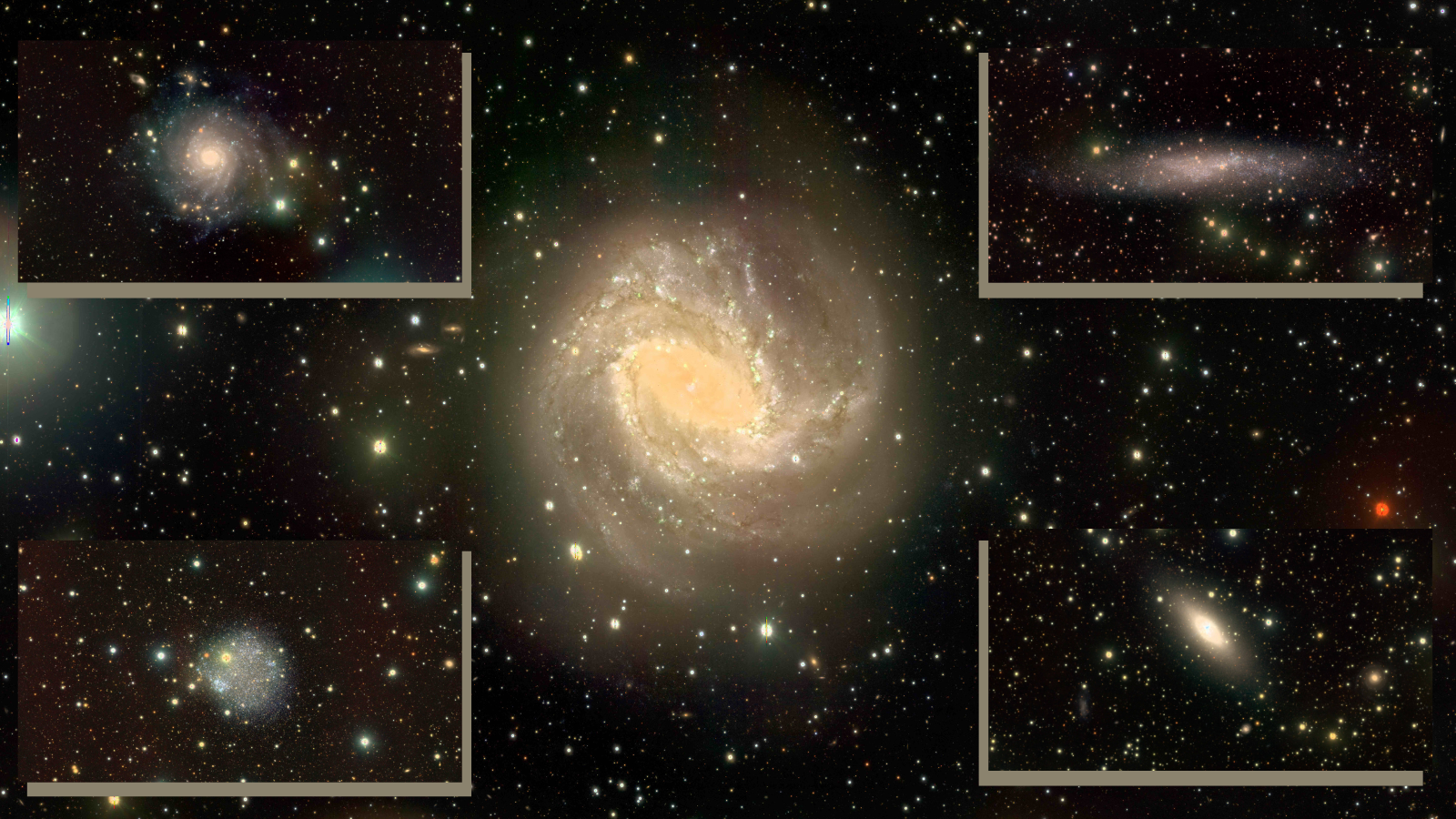
Using the Very Large Telescope (VLT) located in the Atacama desert region of Northern Chile, astronomers have revealed five stunning portraits of galaxies in the local universe.
The images of these galaxies show their shapes, structures and distributions of stars in stunning and colorful detail. Some of the galaxies are located at the edge of the so-called "local group," a galactic collection that includes our home, the Milky Way, while others are more distant.
The observations could help astronomers better understand cosmic evolution and how galaxies form stars as well as snatch other stellar bodies, gas and dust from neighboring galaxies via gravitational interactions.
The images were collected as part of the VST Survey of Mass Assembly and Structural Hierarchy (VST-SMASH). The five galaxies featured in the observations, released on Friday (Nov. 15), are a small part of a total of 27 galaxies that astronomers have been investigating during the VST-SMASH project.
One of the most distant galaxies in the newly released collection is the spiral galaxy IC 5332, which can be seen just below. It is located around 30 million light-years away in the constellation of Sculptor.
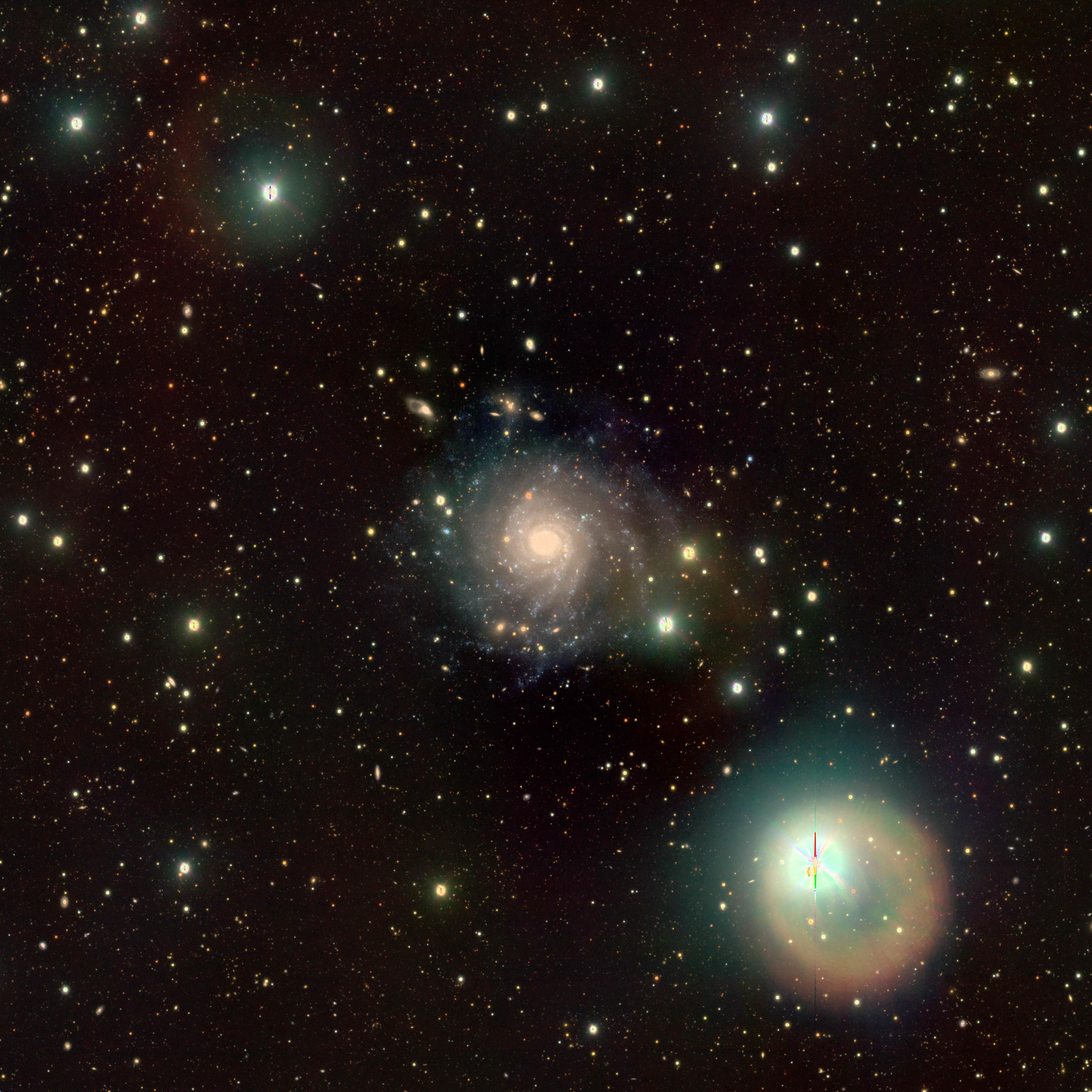
The galaxies were selected because they exist in the same patch of sky that's being investigated by the Euclid space telescope, which will provide blue wavelength images of the same galaxies seen in red wavelengths by the VLT's visible instrument (VIS) and in near-infrared by the latter's Near Infrared Spectrometer and Photometer (NISP) instrument.
One of the most famous galaxies in the collection is the so-called "Southern Pinwheel" galaxy, also known as NGC 5236 or M83. It is located around 15 million light-years away.
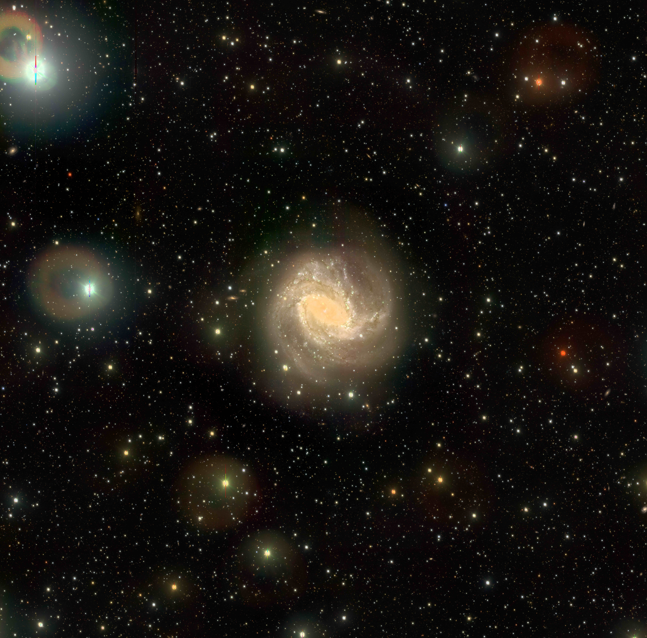
"We strive to understand how galaxies are formed as a function of their mass and morphology. This means asking ourselves how stars are formed in situ, within galaxies, but also how they are accreted during merger processes with other galaxies," VST-SMASH project leader Crescenzo Tortora said in a statement. "In order to do so, we need to trace the colors of these galaxies up to their outskirts to investigate the presence of faint structures belonging to these galaxies and of faint galaxies orbiting around them.
"This is useful for uncovering leftovers from galactic interactions, constraining the hierarchical process of cosmic structure formation."
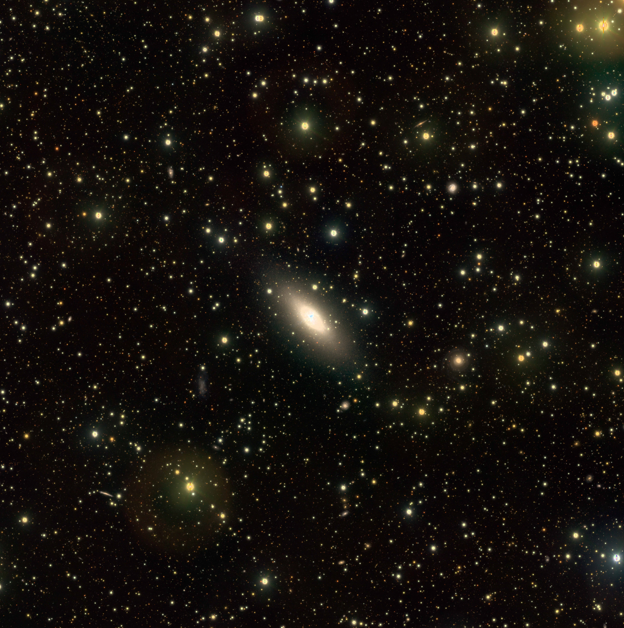
At the edge of the Milky Way's local group is the irregular dwarf galaxy Sextans A, shown below, located around 4 million light-years away in the constellation Sextans.
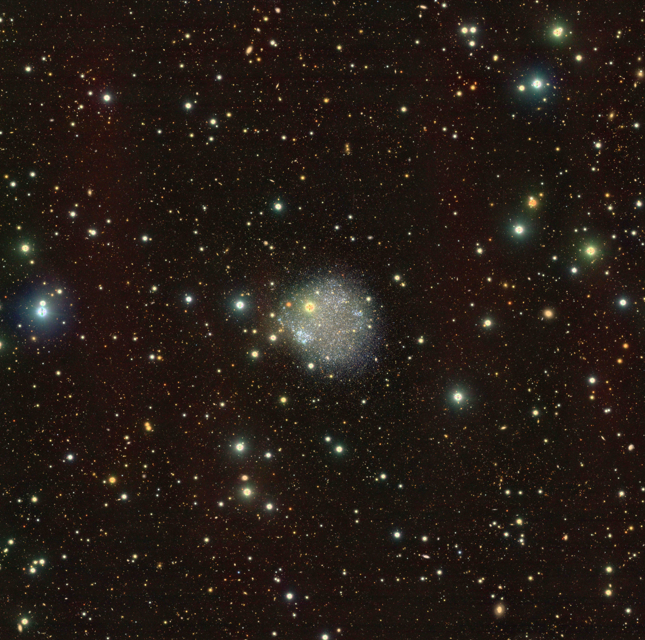
Another of the local group galaxies in the collection is NGC 3109, seen below, which is also 4 million light-years away — but, this time, in the Hydra constellation.
While it is still early days for the analysis of VST data, these images demonstrate that the project is effective when it comes to studying galaxies with low surface brightness.
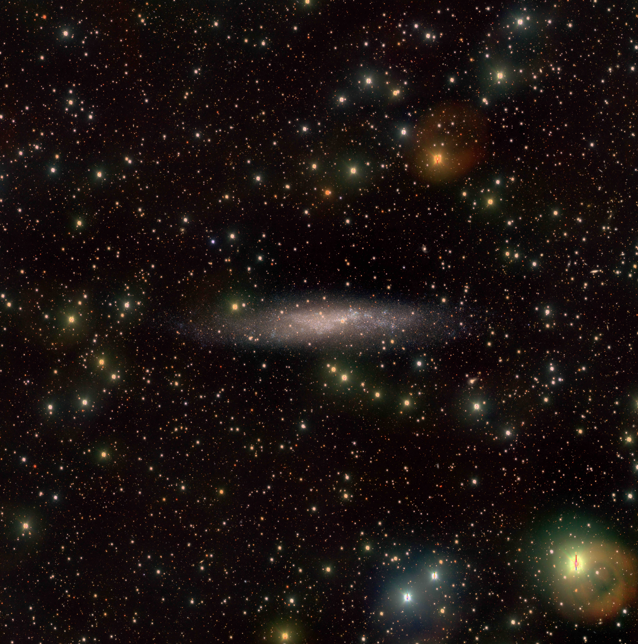
The VLT was the perfect instrument to make these observations in a relatively short period of time thanks to its large field of view, roughly four times the size of the full moon in the sky.
"This is the first time that all these galaxies are observed in such a deep and detailed fashion and with homogeneous data," Tortora said. "In coming years, only Euclid will reach comparable depth in the optical domain, but without the same wide spectral range at the VST optical wavelengths."
The researcher added that the Vera Rubin Observatory, currently under construction in Chile, will make observations in similar wavelengths of light to those used by the VST. However, when its construction is completed, the forthcoming observatory, which will conduct the decade-long Legacy Survey of Space and Time (LSST), will reach similar depths to VST, albeit only after many years of observations.
"This makes the VST an instrument that can still make a difference, making us hope for interesting results as part of our survey," Tortora said.







